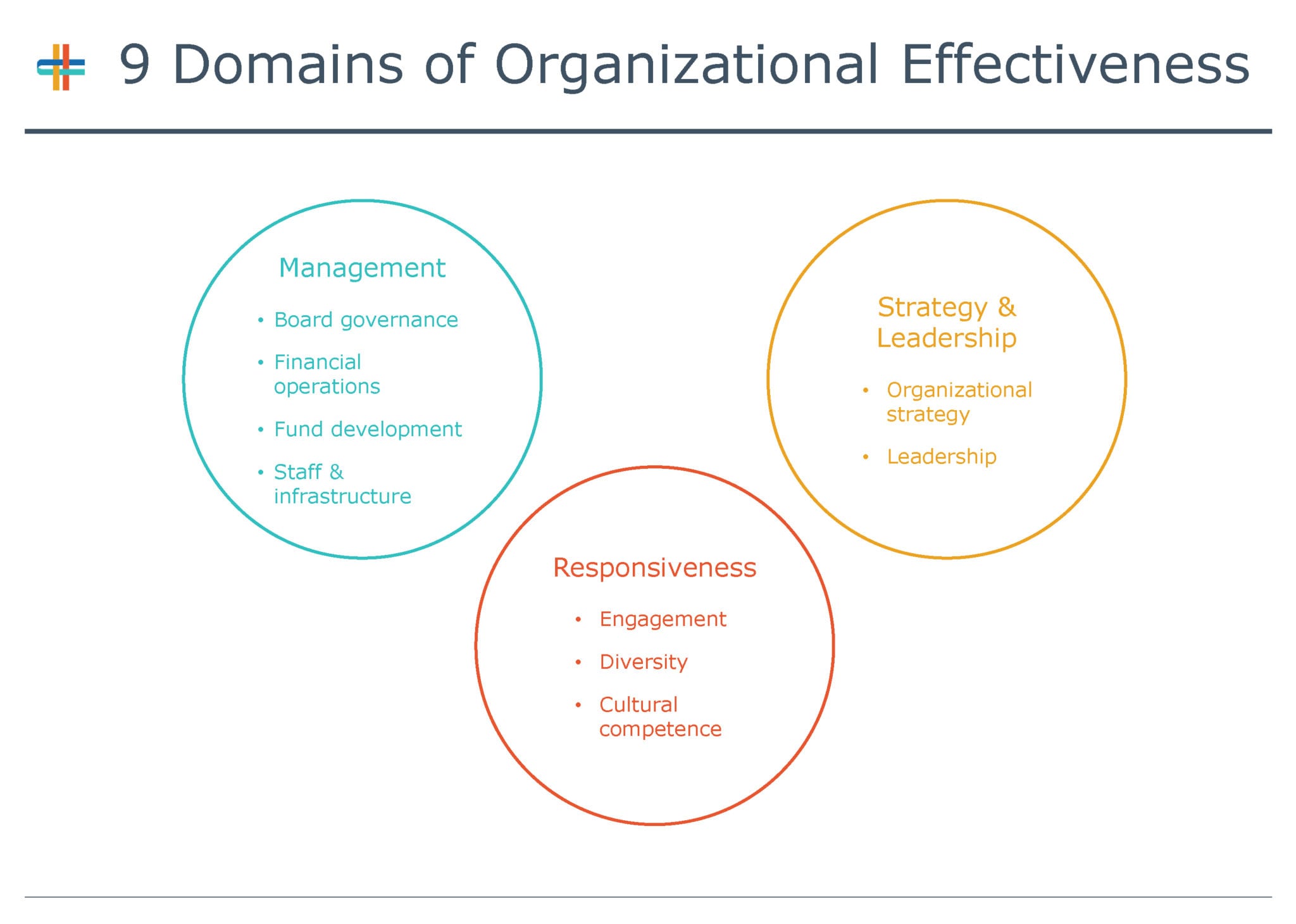
 Broadly speaking, foundations typically make two types of grants, “project grants” that support specific programs or initiatives at a grantee organization, and “general operating support” or “core support,” which is unrestricted funds that nonprofit organizations are free to spend as they see fit. The practice of funding general operating support is gaining attention and momentum in the field. The National Committee for Responsive Philanthropy recently found that foundation funding for general operating support (GOS) increased from 16 percent in 2008-10 to 20-25 percent in 2016. Several high-profile foundations have emerged as strong advocates for GOS. The president of the Hewlett Foundation articulated the strategic value of GOS for both foundations and nonprofits over a decade ago and, more recently, the Ford Foundation pledged to double its GOS grants to 40 percent of its budget to increase grantees’ durability and flexibility. Campaigns like the Real Cost Project and the Overhead Myth are spreading the word about the realities of nonprofits’ funding needs and the dangers of using administrative expenses as a direct measure of effectiveness without additional context.
Broadly speaking, foundations typically make two types of grants, “project grants” that support specific programs or initiatives at a grantee organization, and “general operating support” or “core support,” which is unrestricted funds that nonprofit organizations are free to spend as they see fit. The practice of funding general operating support is gaining attention and momentum in the field. The National Committee for Responsive Philanthropy recently found that foundation funding for general operating support (GOS) increased from 16 percent in 2008-10 to 20-25 percent in 2016. Several high-profile foundations have emerged as strong advocates for GOS. The president of the Hewlett Foundation articulated the strategic value of GOS for both foundations and nonprofits over a decade ago and, more recently, the Ford Foundation pledged to double its GOS grants to 40 percent of its budget to increase grantees’ durability and flexibility. Campaigns like the Real Cost Project and the Overhead Myth are spreading the word about the realities of nonprofits’ funding needs and the dangers of using administrative expenses as a direct measure of effectiveness without additional context.
As foundations increase their general operating support to grantees in their portfolios, there is growing interest in understanding the impact of that type of grantmaking. The Los Angeles-based Weingart Foundation has also been at the forefront of these conversations, and in 2013, began exploring how to assess the effectiveness and impact of its GOS grants so that it could learn from grantees’ experiences, strengthen its grantmaking practices, and help grantees increase their capacity to benefit low-income and underserved individuals and communities.
Measuring the effectiveness of project grants (grants designated for a specific program or purpose) is well-understood in most fields. These measures typically include things like the number of people served and outcomes for people receiving services. Measuring the impact of general operating support presents a challenge because the grants set out to strengthen organizational effectiveness, which can be hard to define and measure. To begin with, there is no consensus on the definition or core components of nonprofit effectiveness. Moreover, nonprofit organizations, including Weingart’s grantees, serve a diverse range of populations in a wide variety of sectors. Creating a one-size-fits-all system for such a broad group of organizations would require a thoughtful and inclusive approach. We worked with the Foundation and an advisory group of grantees to develop a measurement framework that focused on the following:
- The tools are customized to align with the Foundations’ values yet general enough to apply to a range of nonprofits
- Program officers were willing invest their time to co-create and get used to using a new tool
- We systematically gathered grantee feedback at several points and made adjustments based on their advice
Because these iterative and inclusive processes engaged program officers as well as grantees, we are confident that the end products authentically reflect what is most meaningful for both groups. It also met staff’s goal of making sure that the new system would not add any undue burden to grantees, another area that grantmakers have been paying more attention to. The result of this process is a new grant reporting system that features two new tools:
- A grantee survey that is administered at the close of a grant to capture key information in a streamlined way. In addition to providing useful data to Weingart, the survey prompts grantees to reflect on their own organizational development.
- A program officer assessment at the start and conclusion of a grant that is informed by structured conversations that program officers complete instead of asking grantees to submit written reports.

The Weingart system is grounded in nine domains of organizational effectiveness identified by staff and grantees. The nine domains, which we’ve organized into three broad categories of Management, Strategy and Leadership, and Responsiveness, are below. Program officer assessments use a rubric that unpacks each domain into specific performance areas. For example:
- assessing a grantee’s financial operations includes understanding the quality of their internal financial reporting, cash flow, and whether they understand the full cost of the services they deliver;
- assessing diversity entails includes understanding whether both board and staff “reflect the diversity of people and key interests the organization serves;” and
- organizational strategy considers whether there is a current strategic plan in use, the state of evaluation practice in the organization and whether they partner to advance their mission.

Program officers assess each dimension on a 7-point scale and are encouraged to add commentary to provide context for their assessment.
While this system has only been in place for a year, we are already seeing how the Foundation and its grantees are benefitting. This new system helps Weingart program officers have more focused and consistent discussions about organizational effectiveness with their grantees and each other. Grantees are carving out time to reflect on a range of organizational attributes, and some have even reported using the grantee survey as a platform for internal discussions about their organization’s growth and challenges.
